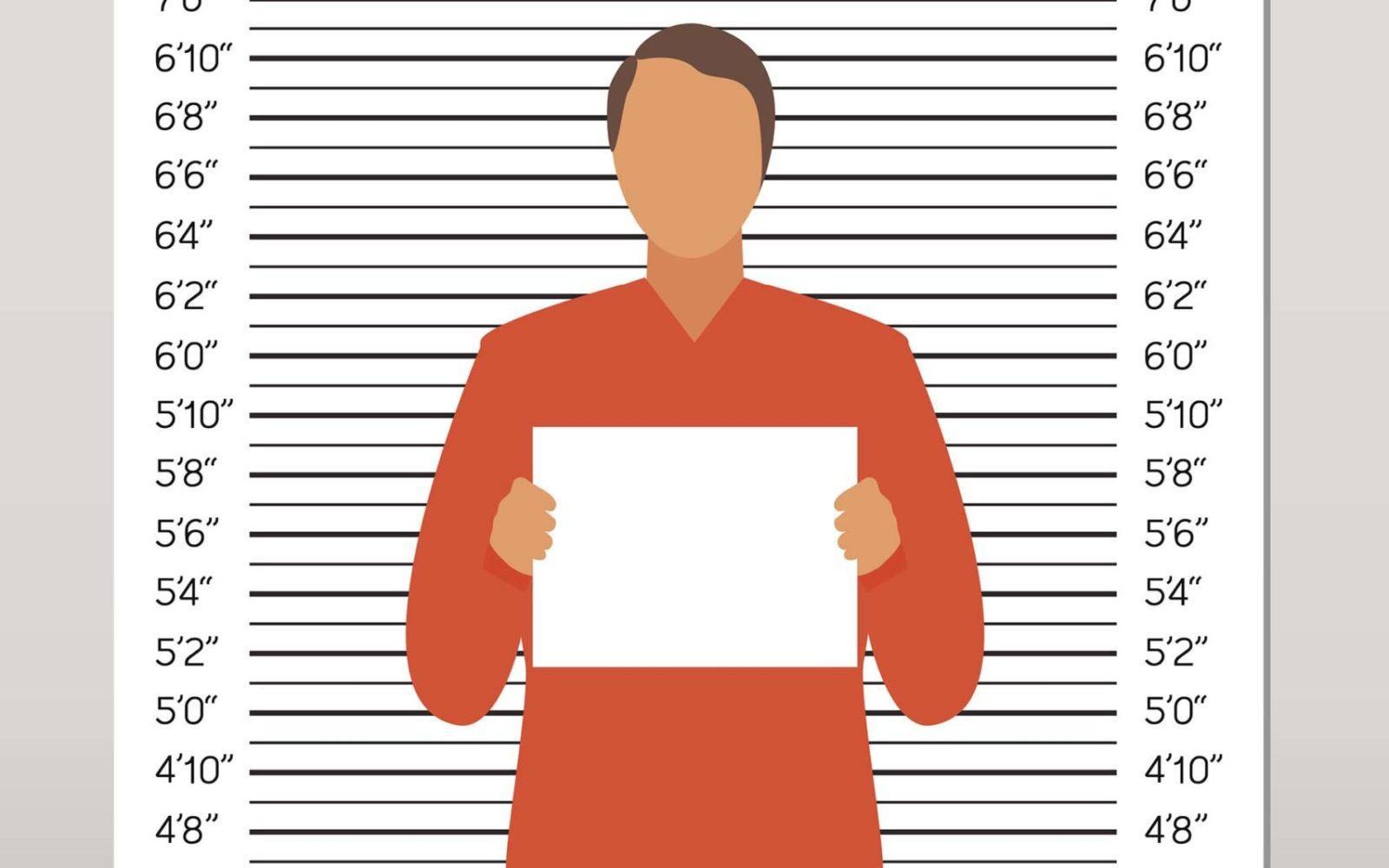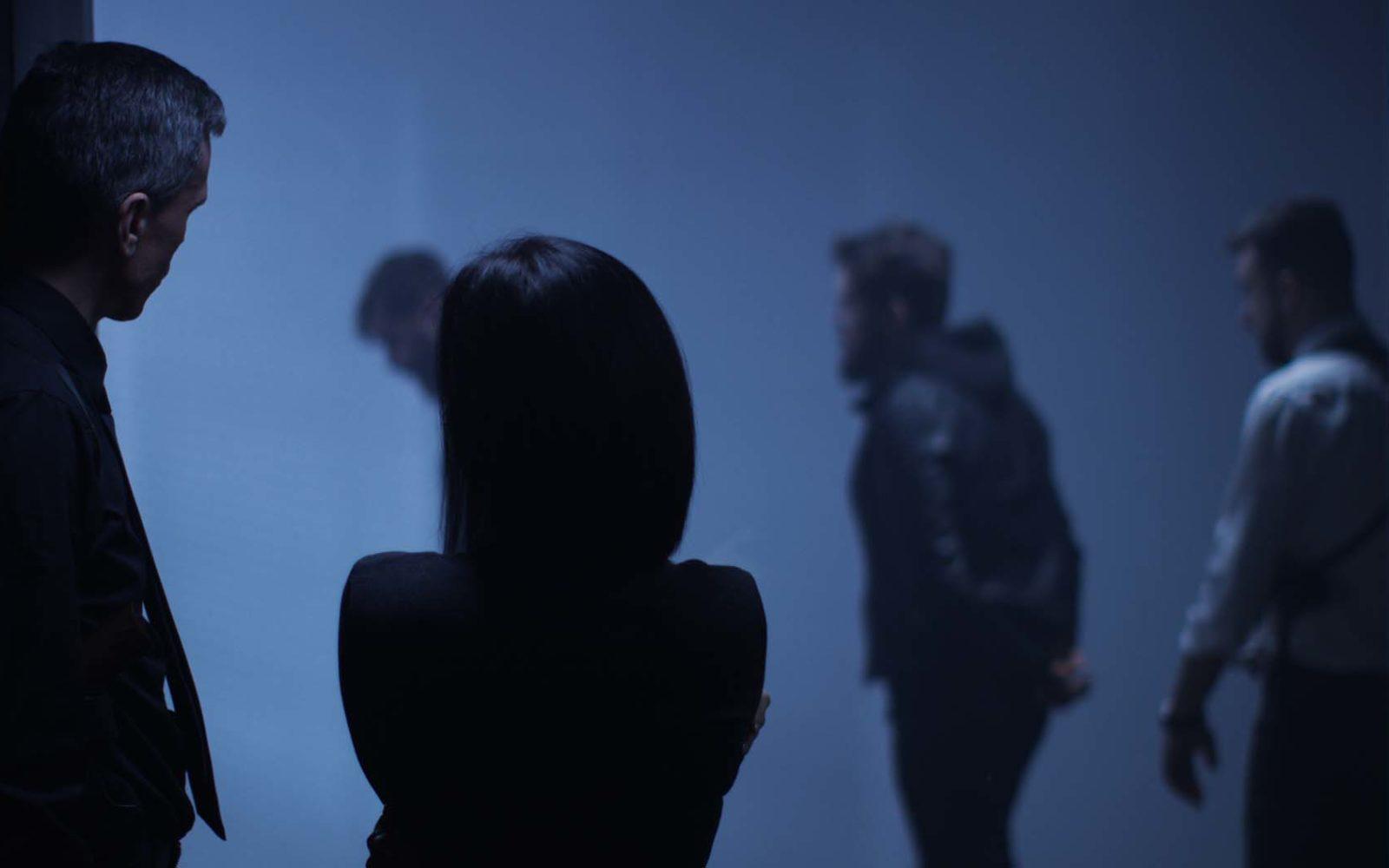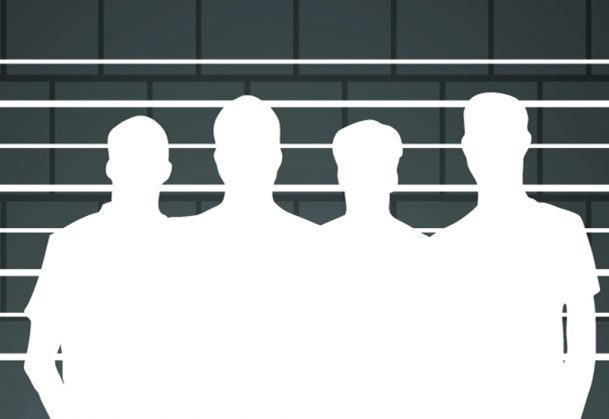Eyewitness Error: Malleable Memories, Flawed Legal Processes, and an Opportunity to Train
First PSPI Live explores 2021 case for testing a witness’s memory of a suspect only once

PSPI Live is a series of 60-minute live events highlighting recent or upcoming papers published in the APS journal Psychological Science in the Public Interest (PSPI). Speakers include the authors, policymakers, or representatives of important stakeholder groups.
The study of human memory provides evidence for some of the best practices in eyewitness testimony, but will the criminal justice system adopt these practices? How can psychological scientists and law experts work together to reduce wrongful convictions based on eyewitness misidentifications? In an APS webinar on April 29, an expert in eyewitness memory and a U.S. federal judge explored these issues and more in the first PSPI Live—a new online symposium series from APS that highlights recent or upcoming papers published in the APS journal Psychological Science in the Public Interest (PSPI).
To kick off the new series, APS Fellow John T. Wixted, lead author of an article titled “Test a Witness’s Memory of a Suspect Only Once” (PSPI, November 2021), was joined by U.S. District Judge Jed S. Rakoff in a discussion of both the article, coauthored by APS Fellows Gary L. Wells and Elizabeth F. Loftus and by Brandon L. Garrett, and realities within the criminal justice system that present barriers to strengthening eyewitness accuracy.
After an introduction from Nora Newcombe (Temple University), editor of PSPI, Wixted summarized the findings in the article, which was an addendum to a 2017 PSPI article he had written with Wells on the relationship between eyewitness confidence and accuracy. The 2021 article elaborates upon a new recommendation regarding eyewitness testimony presented in a recent white paper published in Law and Human Behavior: “Avoid repeated identification procedures with the same witness and suspect.” That is, test a witness’s memory only once.
To demonstrate the challenges of eyewitness identification, Wixted presented the audience with a photo of a fictitious crime’s perpetrator and later invited the audience to participate in a lineup identification procedure. Eyewitness testimony contributes heavily to wrongful convictions, he explained, emphasizing how the initial memory tests administered to witnesses differ from those that follow, which become more and more unreliable not only because memories are forgotten but because they can be changed by the tests themselves. For instance, simply seeing an innocent suspect in a lineup can lead a witness to later misidentify that now-familiar suspect as the perpetrator. Because human memory is inherently malleable, an eyewitness’s memory will be contaminated after a first test, even if it and subsequent tests use pristine procedures.
Flaws in the system
Providing the judicial perspective on eyewitness identification was Judge Jed Rakoff, a district judge for the southern district of New York who has served on the National Commission on Forensic Science and co-chaired the National Academy of Sciences Committee on Eyewitness Identification. He described the barriers that often prevent judges from understanding the importance of testing witnesses only once and changing common practices in the criminal justice system. “Judges are very averse to changing their ways,” he noted. One reason is the criminal justice system’s adherence (at least in the United States) to the stare decisis doctrine, whereby prior decisions govern future decisions, Rakoff offered.
Rakoff also explored how the criminal justice system could address wrongful convictions based on eyewitness testimony. Data from the Innocence Project, a nonprofit organization dedicated to exonerating individuals who have been wrongly convicted, suggest that eyewitness testimony contributed to wrongful convictions in 70% (262) of the 375 cases in which prisoners were later exonerated by DNA evidence. The Supreme Court first addressed wrongful convictions during the Warren Court (1953–1969), Rakoff explained, mostly by focusing on practices that the police could readily change, including lineup-administration practices. But human memory mechanisms pose larger challenges that might be “not impossible, but difficult” for judges and juries to address and change their view on, he said.
Instead, Rakoff noted, change might have to come from prosecutors, who, he suggested, largely control the U.S. criminal justice system. “The people we most have to educate about the contamination of eyewitness identification are the prosecutors, because they are the ones who will often be making the really operative decisions,” he said. He added that high potential penalties might motivate the guilty pleas made by approximately 97% of people accused of felonies, including those who are innocent.
Creating change
In the discussion that followed, Wixted and Rakoff talked about the feasibility of changing prosecutors’ minds when they’re making plea bargains and trying to decide if there’s evidence of guilt or innocence. Could that be a good time to attempt to convince them to look at the first test only? Rakoff agreed, noting that the early training virtually all prosecutors in state and federal offices go through does not include the science of eyewitness identification—revealing a potential opportunity to train prosecutors in these matters.
Rakoff voiced some skepticism that judges can eliminate the practice of multiple identifications, as Wixted and colleagues proposed. Why? Using multiple identifications, including court identifications, fits with federal rules of evidence, which say that anything “relevant” should be admissible, as should anything likely to make a “fact of importance” in the case. Also, when evidence is excluded, that’s rarely because it fails to align with general scientific principles. For example, if a lineup administrator encouraged a witness to make an identification, that identification could be excluded because it was obtained using substandard procedures. But excluding evidence on the basis of research indicating that memory gets contaminated when it is tested multiple times could be less acceptable, according to current court procedures.
Some hopeful takeaways emerged from the discussion, however, including the potential for change. Wixted and Rakoff agreed that there is an appetite for recommendations on how to improve police practices, prosecutors’ training, and jury instructions to reflect the importance of testing a witness’s memory only once.
Feedback on this article? Email [email protected] or login to comment below.
Test Eyewitness Memory Only Once
-

Test a Witness’s Memory of a Suspect Only Once
One of the first steps to comprehending why a witness’s memory should be tested only once is understanding that memory is malleable, especially following recognition tests, such as lineup procedures.
-

Ask the Witness Only Once
In the latest edition of PSPI, researchers look at the problems with eyewitness misidentifications in the courtroom and explain why prosecutors and law enforcement should test a witness’s memory of a suspect only once.
-

Eyewitness Memory
Understanding the science behind eyewitness memory can have important implications for criminal justice procedures.





APS regularly opens certain online articles for discussion on our website. Effective February 2021, you must be a logged-in APS member to post comments. By posting a comment, you agree to our Community Guidelines and the display of your profile information, including your name and affiliation. Any opinions, findings, conclusions, or recommendations present in article comments are those of the writers and do not necessarily reflect the views of APS or the article’s author. For more information, please see our Community Guidelines.
Please login with your APS account to comment.